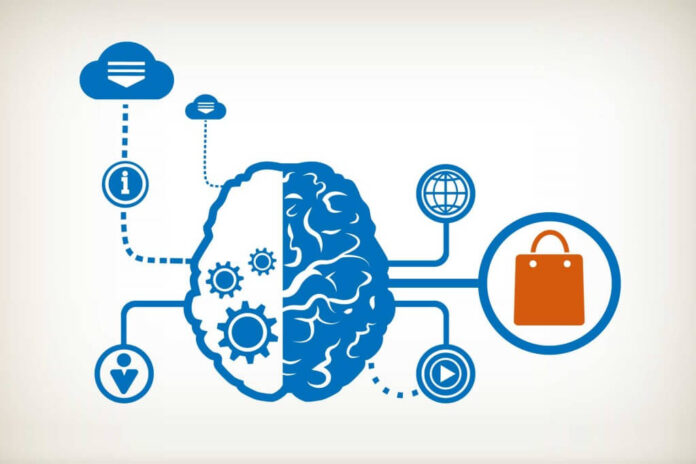By Alison E. Berman – Jan 28, 2016
We can design technology to take into account the limits of human decision making and help us take actions that will benefit our future selves.
Positive behavior change is something technology companies across the board are taking on—from financial planning apps focused on putting savings away for college funds, to apps that help individuals with chronic diseases adhere to medication and healthy lifestyle routines.
Though it’s in our nature to make irrational choices, technology does not have to exploit this—rather, it can mend it.
Here are the two classical behavioral economics principles Ariely presented that, applied to technology, can support better decision making for the long haul.
1) Reward Substitution
Principle: Because humans are not designed to care about what’s best for ourselves in the future, we can create other immediate rewards to keep us on track. The rewards do not have to be large, only enough to help us stick with a positive behavior daily.
Example: Ariely points to global warming as the perfect example of this challenge. It is one of the greatest threats to humanity, yet most of the world is apathetic towards it because the dangers are too distant. On an individual level, saving for retirement is a similar long-term challenge. Using reward substitution, however, we can set incremental goals that are tied to short-term rewards in order to focus on smaller chunks of the savings journey.
Analysis – This article caught my attention because it involves this concept of Behavioral Economics as it pertains to technological advancements in the modern day. It talks about human decision making, and the inherent flaws that coincide. A particularly inspiring part of this article is the idea that reward substitution and other behavioral shifting “nudge” factors can produce outcomes that would have otherwise gone differently if the human was left to their own devices. This notion relates to some of the Focus section articles I’ve featured with regards to the leveraging of behavioral science to sway consumers one way or another.




